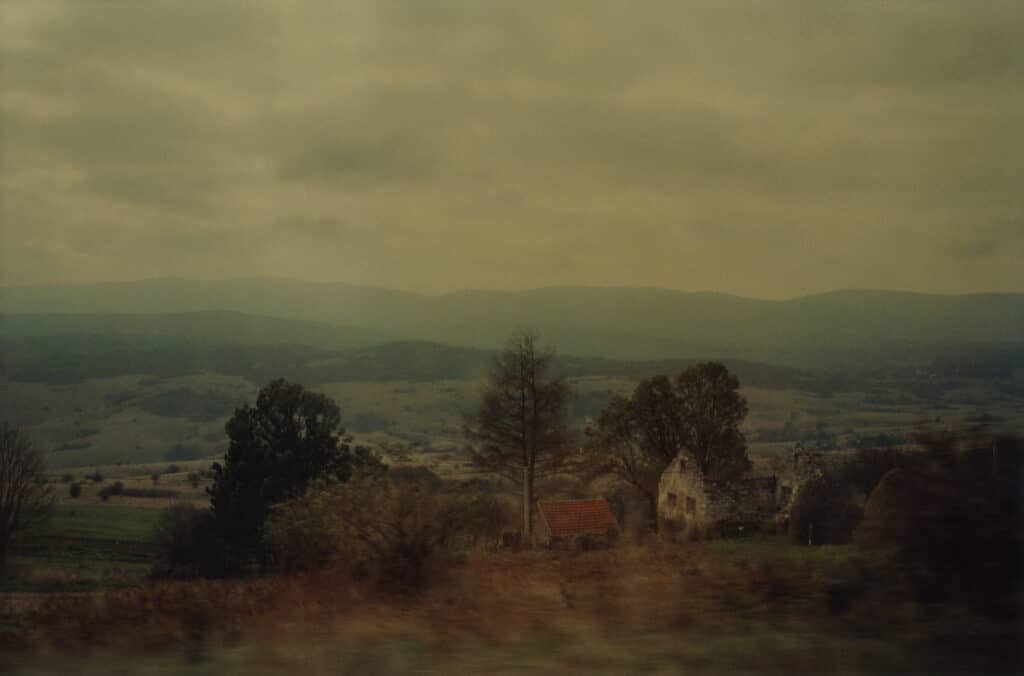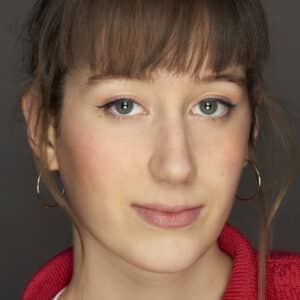The setting is Lithuania: Matt Wilson is surrounded by the uninhabited expanse of a forest. A few abandoned houses are the only remnants of human presence. No one could possibly live here. And yet, when the photographer dares to knock at the door of an old hut, an old woman comes out, all smiles. Click.
Right then and there, Matt Wilson captures this unlikely encounter. His Leica is always at his side: handy, discreet, and fast, the little camera freezes this moment for eternity.
A taste for adventure
Born in Tonbridge, UK, Matt Wilson has spent most of his life in New York. Unable to afford art school, he dropped out at sixteen and flew to the United States in 1988. There he discovered photography as an autodidact. Assistant at a photo lab, he never kept track of his time.
From fashion photography to advertising, one job led to the next, until Christine Ollier, then director of the art gallery Les Filles du Calvaire, suggested he export his work to France. In 2009, he presented his series This Place Called Home at Paris Photo, then around the world.
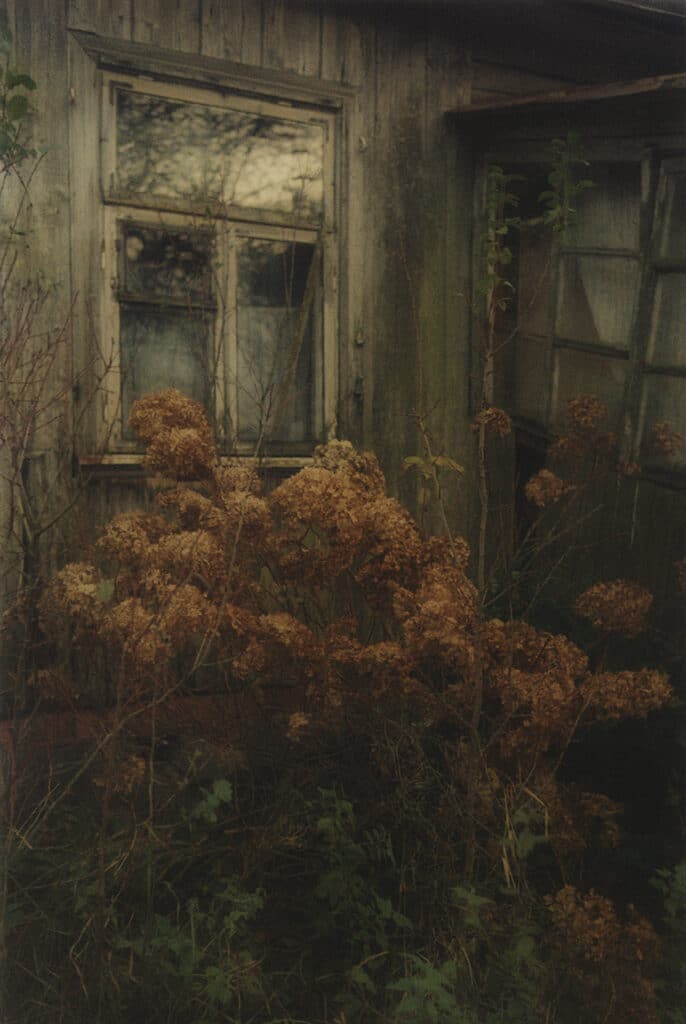
It is his passion for travel that was Wilson’s prime motivator. Photography came second. Between the United States, Ukraine, and Lithuania, he has kept a travelog in images.
All are tied to anecdotes, like the one about the farmer from a small village in Arizona’s backcountry, whom Wilson kept company for several months, staying at a motel as its only guest. The result is a perfect illustration of the economic recession straight out of Steinbeck’s Grapes of Wrath.
Solitude lends him his creative energy: it helps him to produce. Always open to adventure, Wilson travels not in order to photograph, but in order to learn.
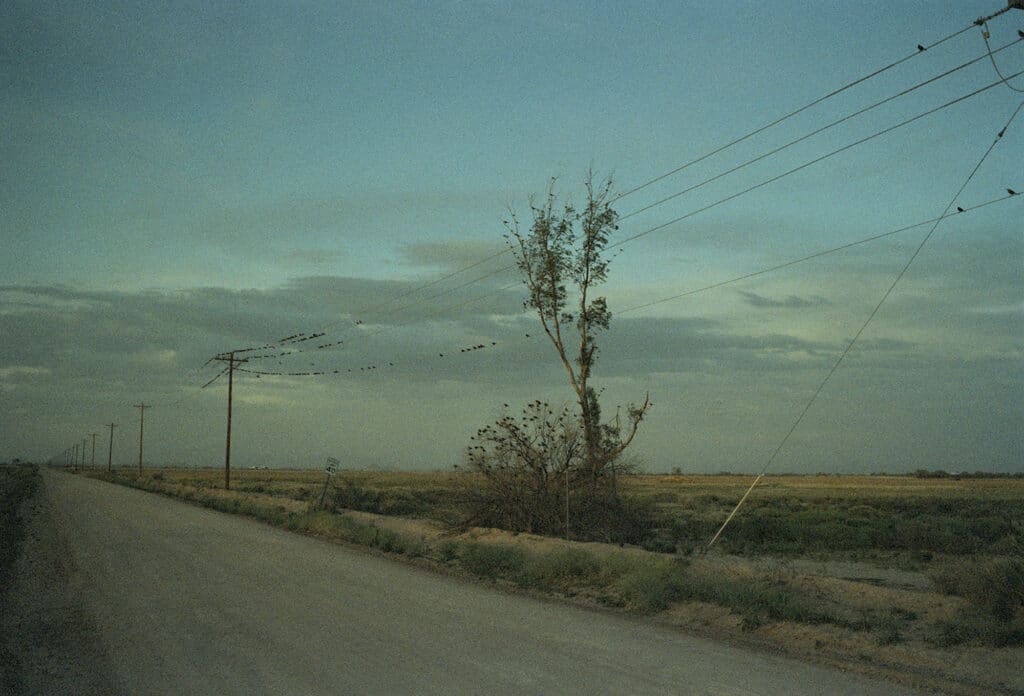
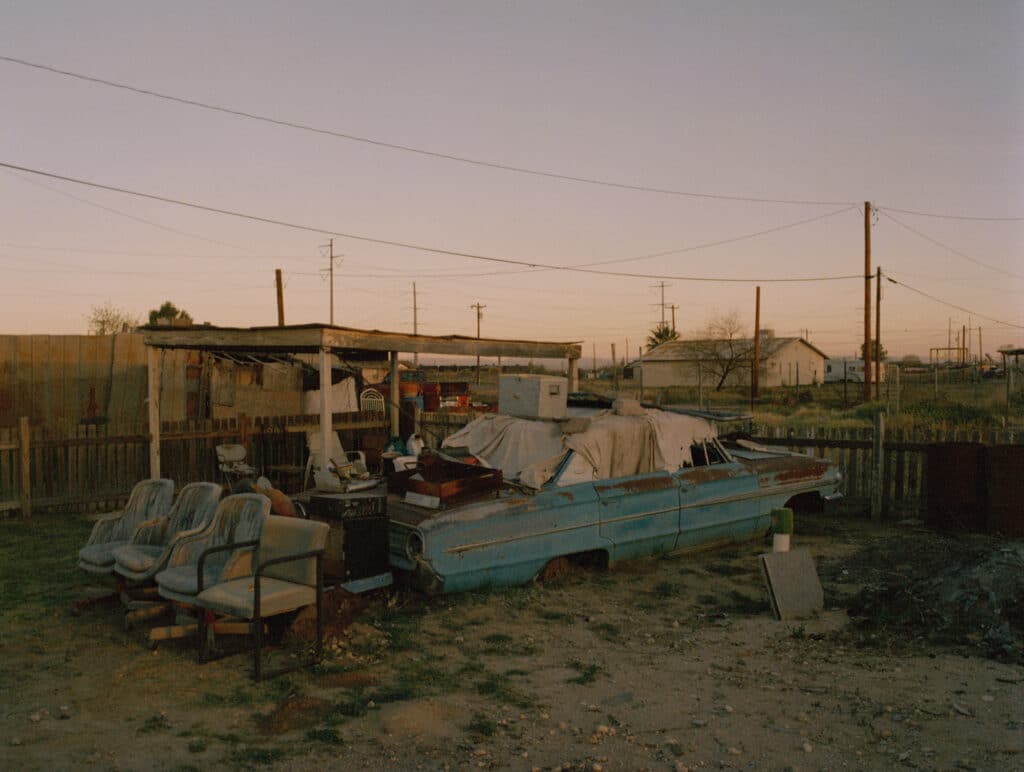
A passion for film photography
The walls of the Leica Store are lined with Wilson’s images from the series This Place Called Home, Hinterland, and Carnets. The size of the prints varies, forcing the viewer to enter the intimacy of the image to take stock of the details.
As if painted, Wilson’s images immerse us in timeless, subdued atmosphere. “This print required nearly thirty-six layers to achieve the result you see,” says the photographer, pointing to a landscape on a par with a Bruegel painting.
This effect is obtained through prolonged lab work and very precise photographic development processes.
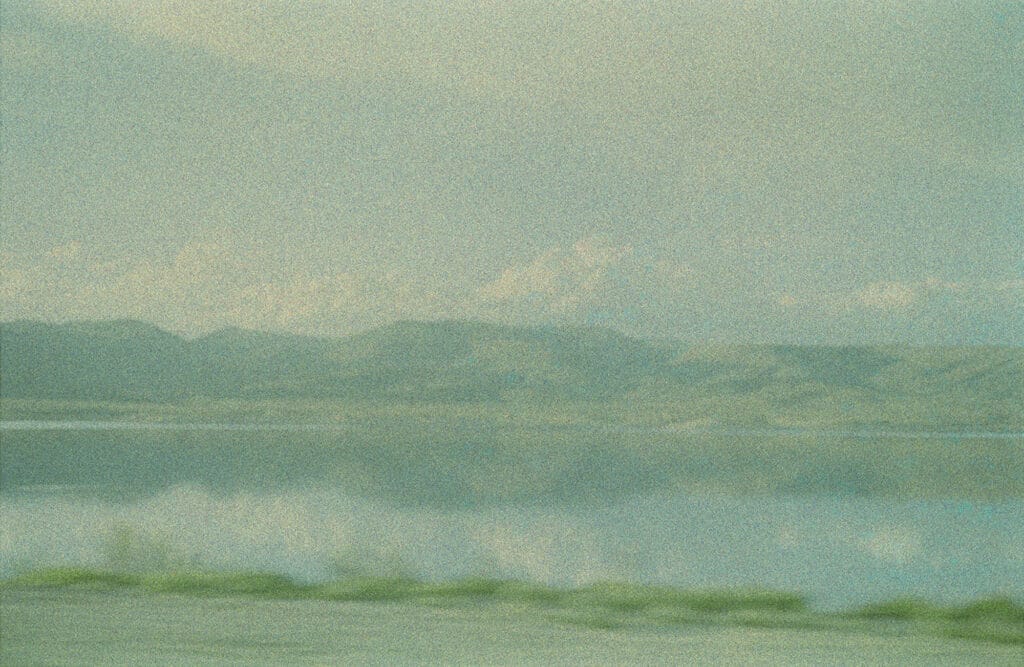
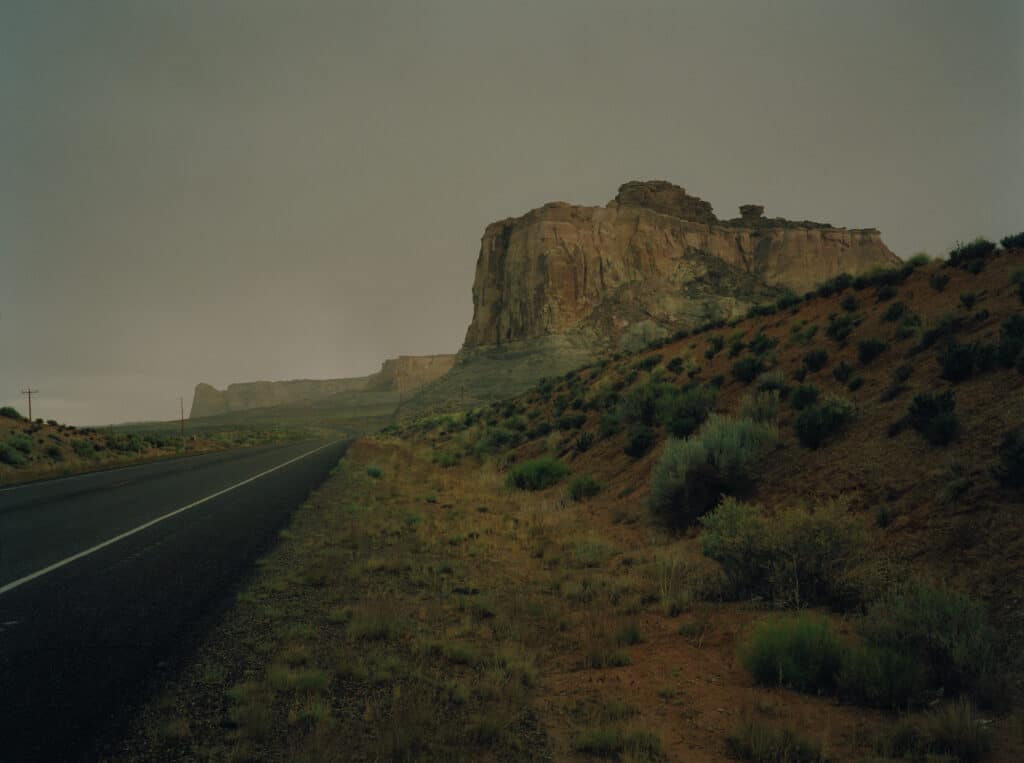
Wilson produces his own prints. For years, he’s worked at one of New York’s prime photo labs. “It was established in 1971 and is now the last one.” His ambition? To replicate a Fresson print, one of the finest on the market but also one of the most expensive.
When asked about this, the photographer leaves an aura of mystery: “It took me almost 10 years to master these techniques, you don’t just pick them up.”
He has never stopped experimenting. Painstaking testing and manipulating of the prints bring about chance discoveries. Wilson unhesitatingly utilizes expired film to obtain photographic gems. Take, for instance, the photo of a Utah landscape in which the original ochre of a cliffside appears pure white, as if covered with snow.
Whether working with color or with material, the photographer stimulates our imagination and compels us to open up our minds by modifying the reality. Wilson treats photography as his raw material: it is only the development that brings the artistic process to completion.
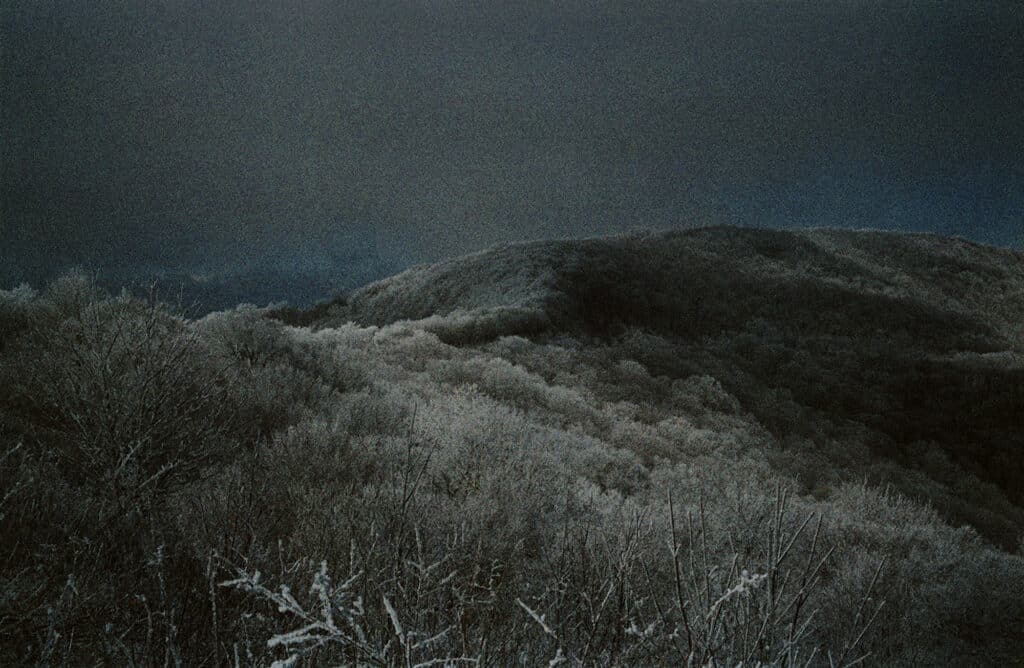
From January 19 to March 31, 2023, Matt Wilson exhibits his work at the Leica Store in Faubourg Saint-Honoré, Paris.
